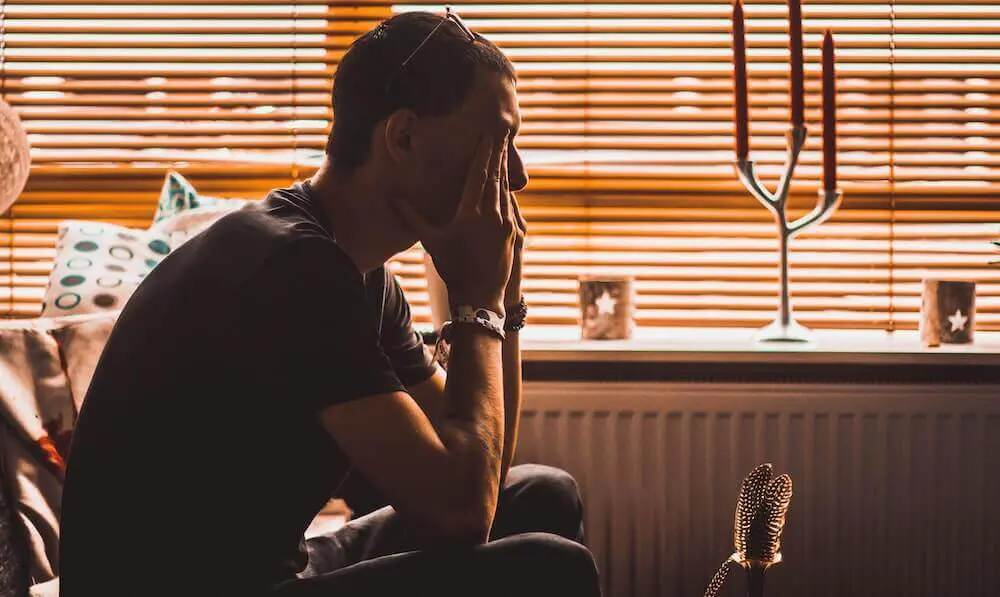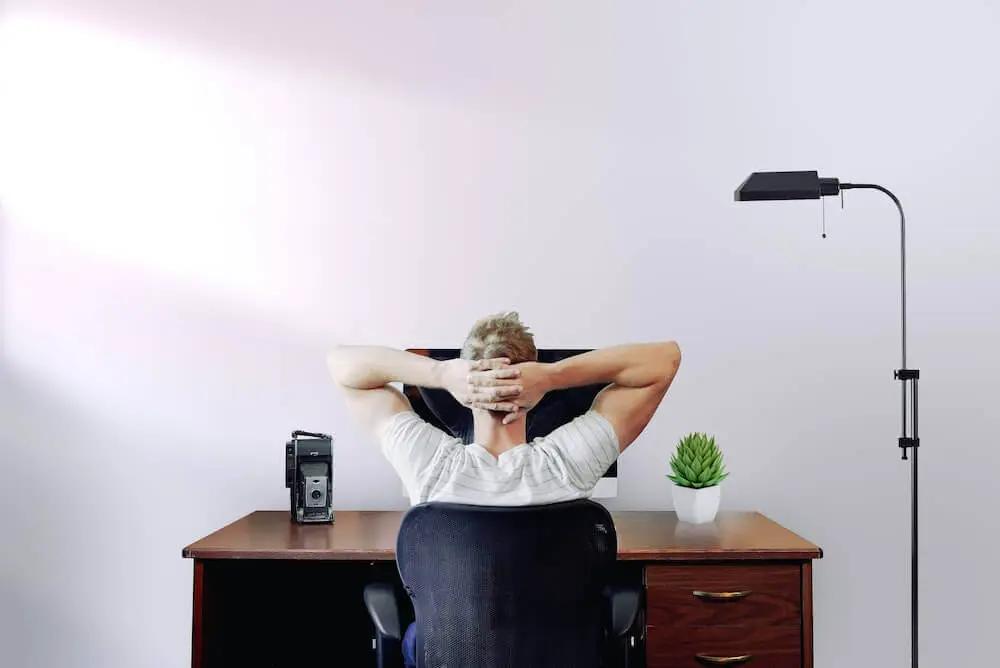Grow and Nurture
Who wouldn’t want more confidence?
Unless you’re Beyonce, chances are that you’re among the majority of people who wish that they were more confident in themselves.
How do you define confidence and where does it come from? Confidence is a trust in your ability to handle what life throws your way. It’s a belief that you can walk into any situation and come out okay.
Some falsely believe that those who have confidence have always had it and those who don’t, never will. That’s just not true. Much like a plant, confidence is something that must be grown and nurtured, cultivated and harvested. Even if you don’t identify as someone who is “naturally” confident, you do possess the ability to grow it.
Another misconception is the assumption that confidence comes from being good at things. Of course, it’s easy to feel confident when doing things you’re good at, but that’s not what builds confidence. Instead, confidence comes from embracing vulnerability and having the patience to work through things that you’re not immediately good at. The ability to push yourself outside of your comfort zone is vital to the development of confidence.
Sowing the seeds
If you had a greenhouse to grow your confidence, challenge and adversity would be the seeds. Confidence doesn’t grow without embracing either of those.
“Much like a plant, confidence is something that must be grown and nurtured, cultivated and harvested. Even if you don’t identify as someone who is “naturally” confident, you do possess the ability to grow it. ”
If you spend your days performing high-level tasks that don’t challenge you, it’s hard to achieve the surge in confidence that you get when learning to function outside of your comfort zone. If you really feel like you could use a confidence boost, know that you will have to decide to integrate challenge and difficulty into your life. Something that is objectively difficult won’t give you the results you want either. The challenge you settle on has to be something that is uniquely difficult for you.
Watering the plants
Just like when planting the seeds of challenge and adversity, there is a balance to be found in watering them. You have to be mindful of the amount and frequency that you’re doing it.
It’s important not to pick the absolute biggest challenge you can think of in the hopes that it will have a big confidence payoff. The scarier the challenge, the more unpleasant and distressing it will be. You don’t want to pick something so challenging and distressing that you are likely to give up before you’ve made it to the payoff. Doing so will have the opposite effect and erode your confidence.
The trick is to find something challenging enough that you’re outside your comfort zone but not so difficult that you’re completely overwhelmed. Allow yourself the opportunity to get better bit-by-bit.
The challenge also has to be something that you are able to practice and do with some regularity. I’d say once per week is the minimum amount of time that you should strive for.
As an example, if you decide that you want to be more comfortable talking to people at parties, but you only go to a party once every three months, you won’t build up the tolerance and comfort required to get to that point.
A more effective way to work through this challenge would be to join a group that meets regularly like a Meetup or Toastmasters. If you’re shy at parties, groups like those would put you into a position where you would have to engage with others more often. This frequency would provide enough of a challenge to give you regular practice in speaking with others, that you would eventually get used to it. And with that ease of sparking conversation, you would become more confident in doing so.
“Stepping into vulnerability is stepping into humanity. Stepping into humanity is stepping into feeling more alive.”
Building confidence in certain areas extends beyond the activity you are doing. The more practice you get overcoming challenges and discomfort in various areas of your life, the more you internalize it as a skill that you can transfer to other activities and scenarios that are uncomfortable for you. By doing so, you build up evidence that you are capable of overcoming personal challenges.
Letting the sunshine in
Much like sowing and watering, sunshine is necessary for growth. In terms of confidence-building, sunshine is the vulnerability and humanity you bring to the process. It feels excruciatingly vulnerable to put yourself in situations where you know you won’t be good at something, and to do so knowing you will fumble and be uncomfortable--especially if other people are around to witness it. Unfortunately, there is no solution for the internal alarm bells that go off when you put yourself in a place of intense vulnerability. You just have to take a deep breath and allow those feelings to wash over you.
In these moments, it helps to remind yourself that learning takes time. No one is good at something right away. The truth is, it’s hard to be vulnerability-averse and live a fulfilling, stimulating life. Stepping into vulnerability is stepping into humanity. Stepping into humanity is stepping into feeling more alive.
Growing strong
In developing your self-confidence, find ways to encourage yourself through the initial discomfort of the challenging situation. What self-talk will resonate with you in order to persevere? When I was traveling solo and felt super anxious showing up to hostels by myself I constantly had to say to myself, “This will get easier. You deserve to be here.” Then I took a few deep breaths and went into social and common areas to introduce myself. And eventually, it did get easier. By the end of my trip, I was showing up to new crowds of people with ease and self-assurance.
“If you were waiting for a sign to get out of your comfort zone, maybe this it. ”
Who’s perseverance do you admire and could use for inspiration? My biggest heroes are my friends and family members who I’ve seen demonstrate courage in their everyday lives. Because I have a behind-the-scenes look into their lives, I’ve seen them fall down and get back up often. It’s okay to have famous role models of perseverance but we don’t always have a behind-the-scenes look at all that they have stumbled through. When choosing a role model, try to find someone who has a visible track record for overcoming challenges and adversity, not just someone who you only see perform at a high level.
Take some time every day to visualize the challenge and yourself overcoming it. Visualizing a task activates the same parts of the brain that actually completing the task does. This doesn’t mean that you can sit out the activity and bypass the learning process, but it can help you feel better about what lies ahead by showing you the light at the end of the tunnel.
Developing more self-confidence will require you to make the decision to move beyond things you can already do with ease. If you’re looking to boost your confidence, a good place to begin would be to ask yourself the following questions:
- Are you playing it too safe to feel like you can grow your confidence?
- Is there something you’ve always wanted to feel more comfortable doing?
- What’s the most introductory level of that activity that could put you in a zone of discomfort big enough for growth, but not so big it chases you away?
If you were waiting for a sign to get out of your comfort zone, maybe this it. The final piece is the knowledge that the greenhouse where your confidence grows is built with compassion and kindness for self. Give yourself permission to be human in this process. Greenhouses are built entirely with windows so the light and warmth can get in. Self-criticism is the wall that keeps the light out.
The bottom line is this: Give yourself the equipment and environment you need to grow and wonderful things will happen.
This article was written by Sara Kassem during their time at Shift Collab.














.gif)







![Why You Need to Unfollow [@YourEx]](https://cdn.prod.website-files.com/625ec823c07cd8de32e1bae2/684af2346eb36cf47933e7ab_20240206T0910-707e5b7e-9802-42a3-8070-ba67b8dc33fd.webp)






![Summer Lovin' [not] Havin' a Blast](https://cdn.prod.website-files.com/625ec823c07cd8de32e1bae2/684af26ed2b68f821b628848_20240206T0910-fd1563e4-34d1-49e6-af59-9b95c717196a.webp)













































































